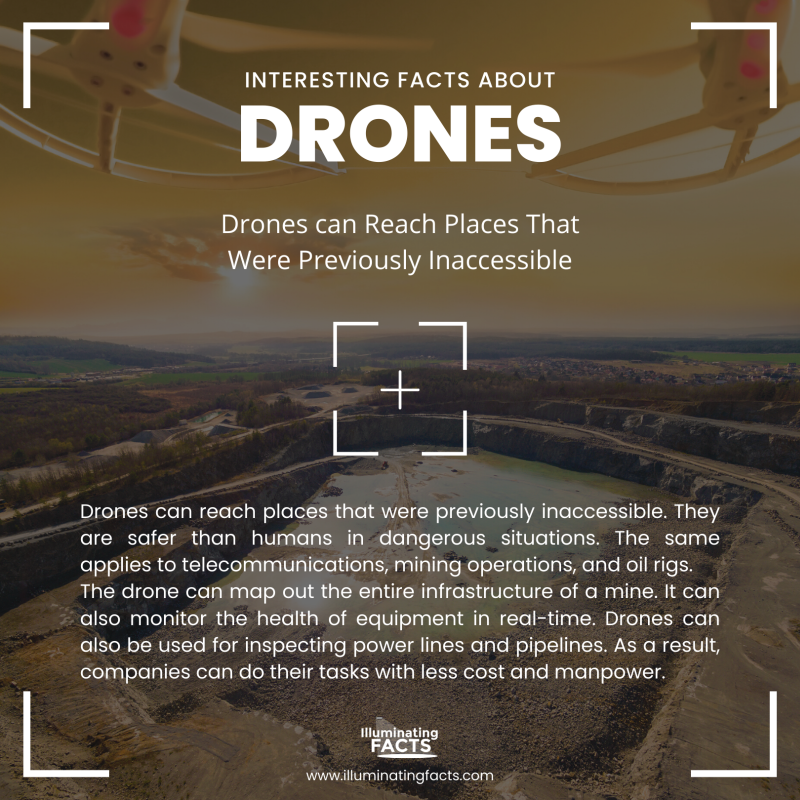Every enthusiastic snorkeler knows the joy of swimming in the open water and exploring the marine life that lives below its surface. This is one of the reasons snorkeling has become increasingly popular in recent years. But did you know that you can enhance your experience even further with the dive technology?
Yes, with the latest dive technology equipment, you can view marine life in their natural habitat, making it an immersive and educational experience. Using dive technology helps to improve visibility, safety, mobility, and overall comfort whilst snorkeling. With the right diving gear, you can optimize your snorkeling experience and ensure your safety as you plunge yourself underwater.
In this post, we discuss the different types of dive technology and their features that can help you explore the sea even deeper. From underwater cameras to drones and wetsuits, we discuss the various options, so you can have the best snorkeling experience possible. So, let’s jump right in and explore the world of snorkeling technology!
Types of Dive Technology
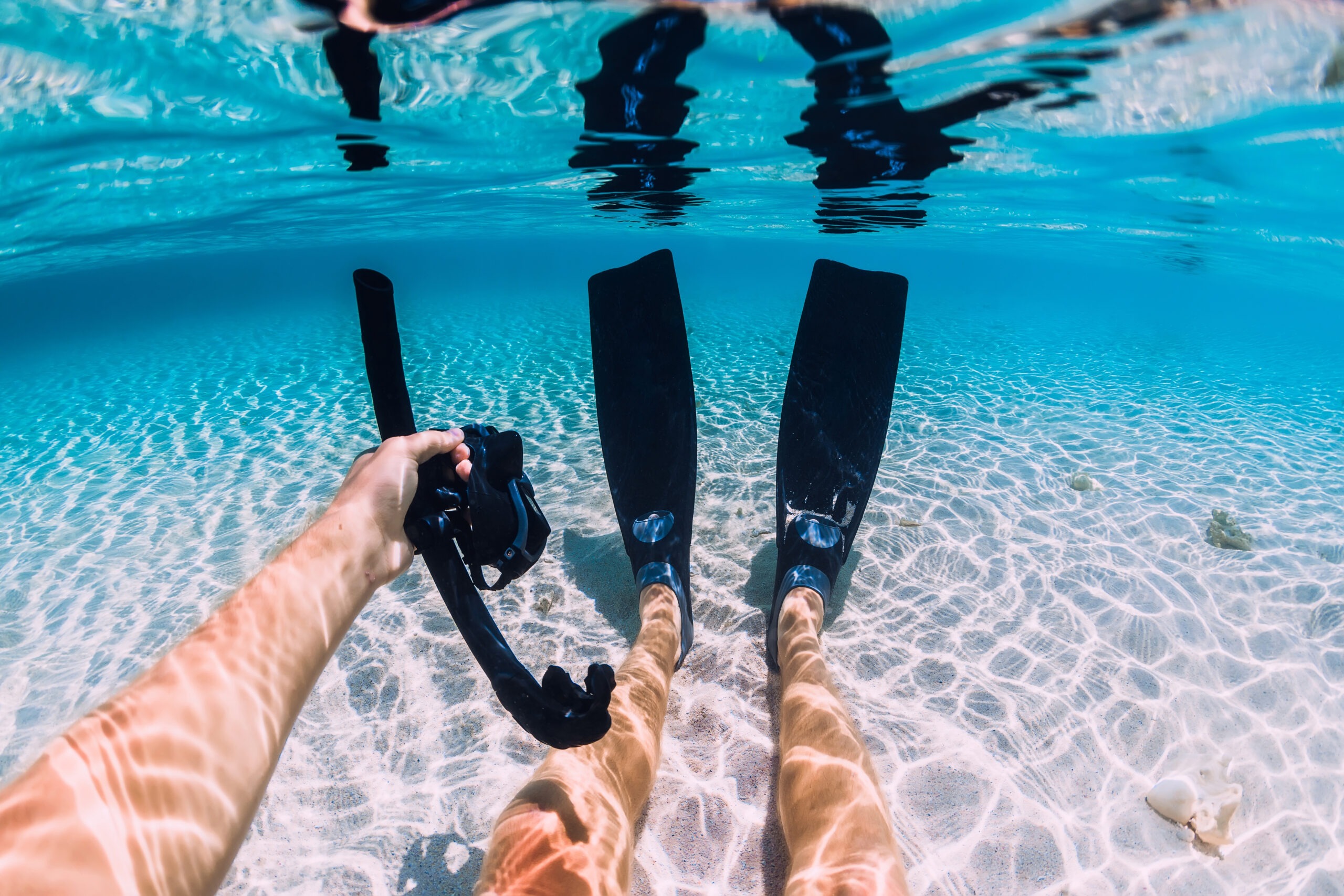
If you want to maximize your snorkeling experience, it is important to be outfitted with the right snorkeling gear and dive technology. Here are the essential dive equipment that you need to get started:
Dive Masks
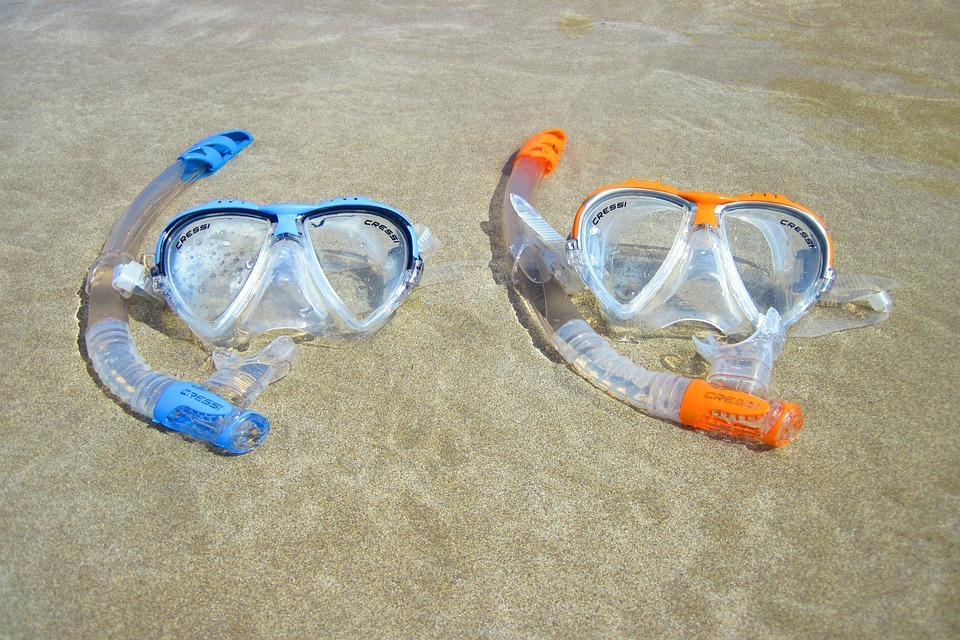
Dive masks allow you to experience greater underwater visibility with a wider field of view than conventional masks. The lenses are often made from tempered glass which provides clear vision, even in murky waters, while being resistant against potential scratches or impact from nearby objects or fish.
Most dive masks come equipped with straps that are made from silicone or neoprene material for maximum comfort during use. Many new models are now also equipped with camera mounts making it easier than ever to capture footage during your dive. Just make sure to choose a mask that fits well as an ill-fitting mask can greatly reduce visibility.
Snorkels

Snorkels allow you to breathe when swimming underneath the surface, so you don’t have to come up for air constantly. They also play an important role in helping you move more efficiently through the water.
Modern snorkels are designed for optimal performance in different water conditions and provide added comfort for extended periods underwater. They feature a dry top which seals the snorkel when submerged in water, so none of it can enter into your mouthpiece as you swim or dive down. Their clip-on design feature provides extra security against any potential snagging on nearby rocks or plants.
Choose a snorkel with an ergonomic design that doesn’t interfere with head movement or vision. Make sure it’s made from a durable material that won’t rust or corrode in saltwater.
Fins
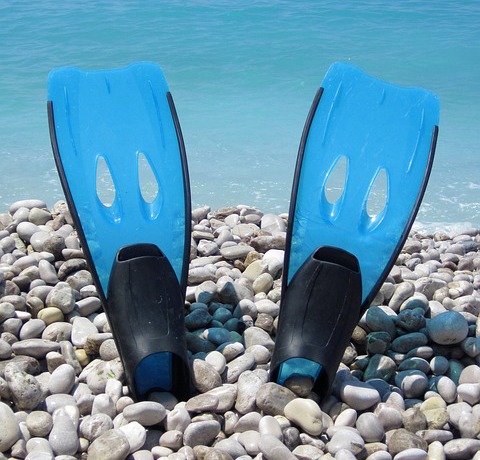
Fins are essential for efficient propulsion and movement whilst snorkeling or scuba diving. They provide extra power for swimming and make it easier for you to reach farther depths without getting fatigued quickly. They are designed to take some of the strain away from your legs when moving through the water. Fins create a smoother ride in rough waters and provide buoyancy, so that you don’t sink too far down into the depths when exploring deeper waters.
They come in various shapes and sizes, all designed to suit different skill levels. When choosing fins, look for ones that offer good buoyancy, comfort, and maneuverability.
Wetsuits
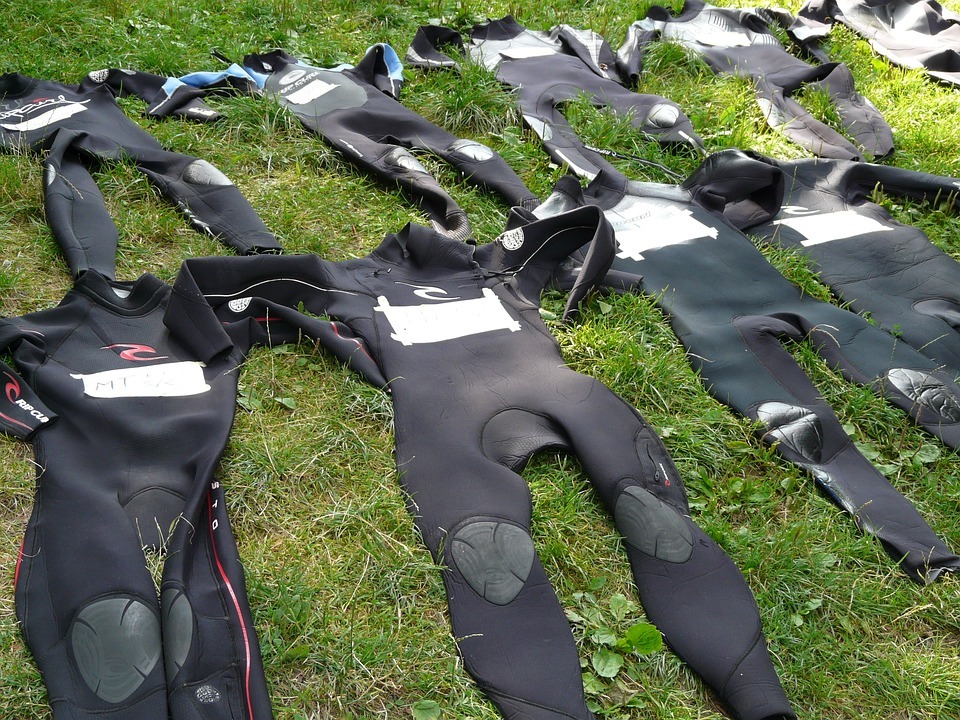
Wetsuits keep snorkelers warm underwater despite changing water temperatures. They also provide a layer of protection against stings and abrasions that can occur when swimming around rocky areas. Wetsuits allow you to enjoy the environment without having to worry about getting uncomfortable cuts or scrapes on your skin. When shopping for wetsuits, look for models that are flexible yet durable enough to withstand wear and tear over time.
Dive Tech
Dive Computers
Dive computers are used to keep track of things like maximum depths reached during each dive session, time spent underwater, and decompression times needed after a session concludes. This helps ensure accurate tracking of diving progress ensuring your safety during dives.
These computers can also be used as navigation aids when exploring unknown locations, such as underwater caves.
Dive computers often come with built-in compasses which point towards designated locations within specific dive sites during exploration missions. It is important to choose one with features that meet your specific needs. Some dive computers are better suited for specific activities like spearfishing or freediving than others, so be sure to pick the one that is suitable for your application.
Drones
Drones are becoming increasingly popular among recreational snorkelers thanks to their ability to record stunning underwater footage from up above. You can use one to show off your amazing photos on social media and to map out potential exploration sites beforehand. They are also great for exploring some of the more intricate coral reefs up close without actually getting into the water yourself.
These unmanned aerial devices have the ability to capture stunning aerial footage of different aquatic landscapes. They can be used both over land and sea, allowing adventurers to take part in detailed mapping projects without needing specialist equipment or training. Here are some other interesting facts about drones.
Buoyancy Control Devices (BCDs)
Buoyancy Control Devices help keep you afloat while in deeper waters by allowing you to adjust your buoyancy according to the underwater conditions. You can use one to maintain neutral buoyancy so that no air is used unnecessarily as you dive down into deeper depths below sea level.
BCDs make it much easier for divers to ascend back up towards safety by providing lift support. Divers who may become fatigued during longer excursions into open waters can use one to surface quickly. They also give you greater control over your depth and speed. When choosing a BCD for snorkeling, look for one that includes adjustable straps for easy adjustment on-the-fly as well as pockets for extra storage space.
Advantages of Dive Technology
Correctly using the different types of dive technology can result in some major benefits when it comes to snorkeling and scuba diving. Here are some key advantages of dive gear and technology that can help make your next underwater adventure more enjoyable and safer:
Improved Visibility
Many pieces of dive gear such as masks and fins help improve visibility underwater. They protect your eyes from salt water and sand irritation. Underwater exploration can become more difficult or uncomfortable without protection from these elements.
The tempered glass lenses used in modern dive masks provide clear visibility even when you are swimming in murky waters. They make it easier to spot marine life or navigate tricky sections of coral reefs without putting too much strain on your eyes.
Additionally, many modern dive computers come with built-in lighting systems which allow divers to explore deeper waters by providing greater illumination when necessary.
Increased Safety
The use of dive technology such as wetsuits helps keep divers safe from potential hazards like hypothermia or dangerous marine creatures such as sea snakes or stingrays.
Dive computers, on the other hand, allow users to track important data such as depth, time, temperature, and decompression stops which help ensure safe diving practices are followed every time. They also provide important information about water salinity levels, murkiness, and more so you know exactly what conditions you’re dealing with before entering the water.
Lastly, BCDs keep you afloat when in deeper waters so you don’t end up exceeding safe depths or tire out too quickly while under water.
Enhanced Comfort and Mobility
Having the right gear such as fins can vastly improve comfort and mobility while swimming. The right pair is not only comfortable to keep on, it also allows you to move faster through shallow waters while conserving energy at the same time. It increases your ability to move through the sea with greater ease and speed while exploring more sites simultaneously on a single excursion.
In addition, many modern BCDs come with adjustable shoulder straps which enables you to find your ideal fit. It helps you maintain a neutral buoyancy in deep waters, so you are not dragged down. This means less fatigue because you don’t have to put in too much effort during long dives or swims.
Other dive technology gear such as snorkels help you breathe comfortably, while wetsuits keep your body safe from physical damage from aggressive sea life and water temperature changes.
Extended Diving Time
Snorkels allow you to breathe without needing to surface every few minutes so you can explore the underwater world for longer periods. That too, without exhausting yourself prematurely due to lack of oxygen or needing to wait for your turn on the surface after each dive cycle. Add in the other dive gear, such as dive masks, snorkels, fins, etc. and you can become more efficient underwater.
The modern dive technology helps you spend more time exploring without having to worry about fatigue or exhaustion setting in too quickly. The right set makes it possible for divers of all levels to enjoy longer dives without having to come back up for air or because of fatigue due to overly strenuous swimming movements. Choose the gear that is ill-suited for your level of expertise or experience, and you might not feel very comfortable.
Improved Tracking of Diving Progress
While many people rely on them to track their diving progress, Excel spreadsheets are often too tedious or complex. You can easily find a good dive computer to solve the problem for you. Dive computers can track vital information such as depth, time, temperature, and decompression stops. So you can track your dives accurately. And over time, you’ll know exactly how far you have come with each dive session you complete successfully.
Both beginners and experienced divers find them extremely useful. Not just for tracking their progress, but also for staying safe at all times!
Conclusion
It is clear that having the right set of dive gear not only improves visibility, it also increases safety and extends diving time when done properly! Plus, using the advanced tracking systems offered by dive computers proves incredibly useful in evaluating progress over time.
When all these advantages are combined together into one package, regardless of whether you are a beginner learning how to swim correctly or an experienced professional, you will notice improvement in your performance. We hope this post encourages you to try out different types of gear so you can find your perfect fit.


